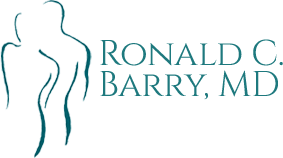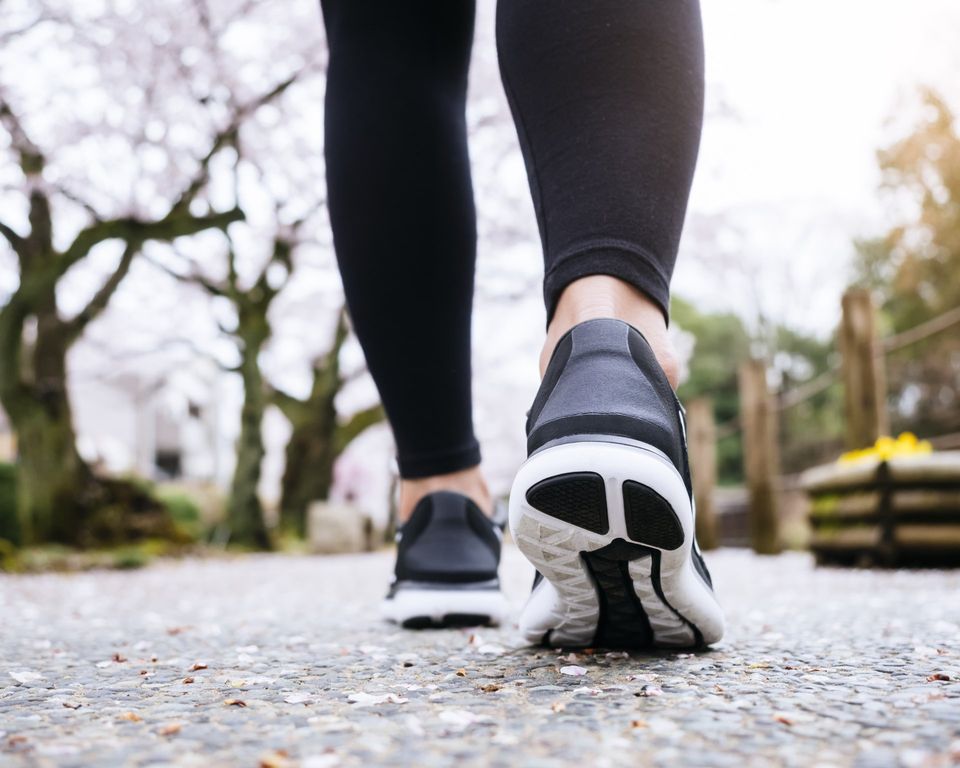The Do's and Don'ts of Exercise After Breast Reduction Surgery
Breast reduction helps women with large breasts and decreases their back pain. However, this surgery requires significant recovery time, during which you may be unable to do many things that you love, such as exercise. Use the four tips below to determine the exercises you can do during recovery and what you should probably avoid.
Do: Walk Every Day
After you have recovered from the initial impact of your surgery, your doctor may suggest regular walks in your neighborhood. Walks provide the least strenuous type of exercise and put almost no strain on your chest or breasts. Just as importantly, walks improve your blood flow and help your body’s tissues and muscles recover.
You'll likely be limited to walks for at least three to four weeks after your surgery, so plan out a route that feels comfortable to you. Start with walks that just barely tire you and slowly increase your walk time and the intensity of each walk. In this way, you can prepare your body for more strenuous routines.
Don't: Try to Jog Too Soon
If you were a jogger before your breast reduction, don’t perform your favorite exercise for quite some time. Jogging not only puts an excessive amount of strain on your chest and breast but could cause complications with your recovery. The time frame for your return to running will vary based on a couple factors.
First of all, you'll be limited based on your recovery speed. Some women will heal more quickly than others and have little difficulty with running. Secondly, you'll need extra time if you suffered from complications — such as excessive blood loss during your surgery — to help your body rebound. Don't expect to jog any earlier than three to four weeks after surgery and probably much later.
Do: Stretch When You're Ready
A good stretch is essential after any exercise and keeps the muscles limber and healthy. However, your stretches will be limited for several weeks after your surgery. Too much strain — such as an overhead stretch — could damage the breast muscles and make another surgery necessary. However, stretches when your body is ready for them will provide a myriad of benefits.
For example, stretches will prevent stiffness and weak muscles in your chest in the late stages of your recovery. Just as importantly, a good stretch also improves your blood flow and keeps you stronger and healthier. Typically, you'll likely to transition to stretches early on in your recovery, but don't start until your doctor gives you the go-ahead.
Don't: Lift Weights
If you enjoyed lifting weights before your breast reduction, you'll need to stop your lifts for several weeks after your surgery is over. In fact, weights will probably be the last exercise your doctor allows you to perform during your recovery. The strain these workouts put on your chest is far too high until you've fully recovered.
Once your doctor gives you the okay to lift weights, start with the smallest possible level and then transition to more strenuous exercises to improve your capabilities. For example, you may perform a few simple lateral lifts before you move on to chest lifts or other types of routines. These exercises will enhance your muscle strength and help your body heal.
Do: Contact a Professional
If you are interested in breast reduction and want to ensure that the procedure goes as smoothly as possible, please don't hesitate to contact us at Ronald C. Barry, MD, to get the help that you need. Our experts will work with you to help you better understand this type of surgery and what you can do to speed up your recovery and your exercise readiness.





